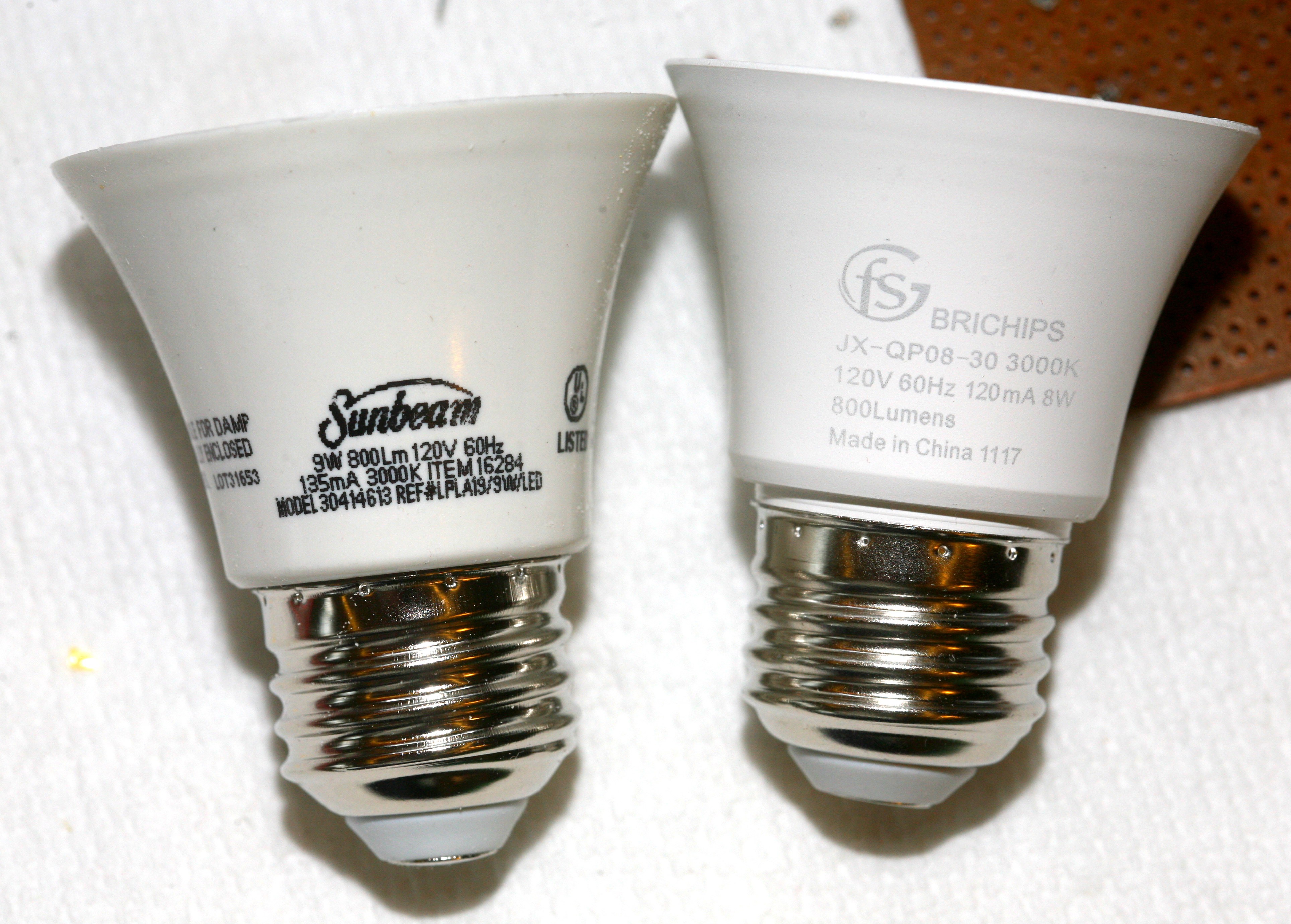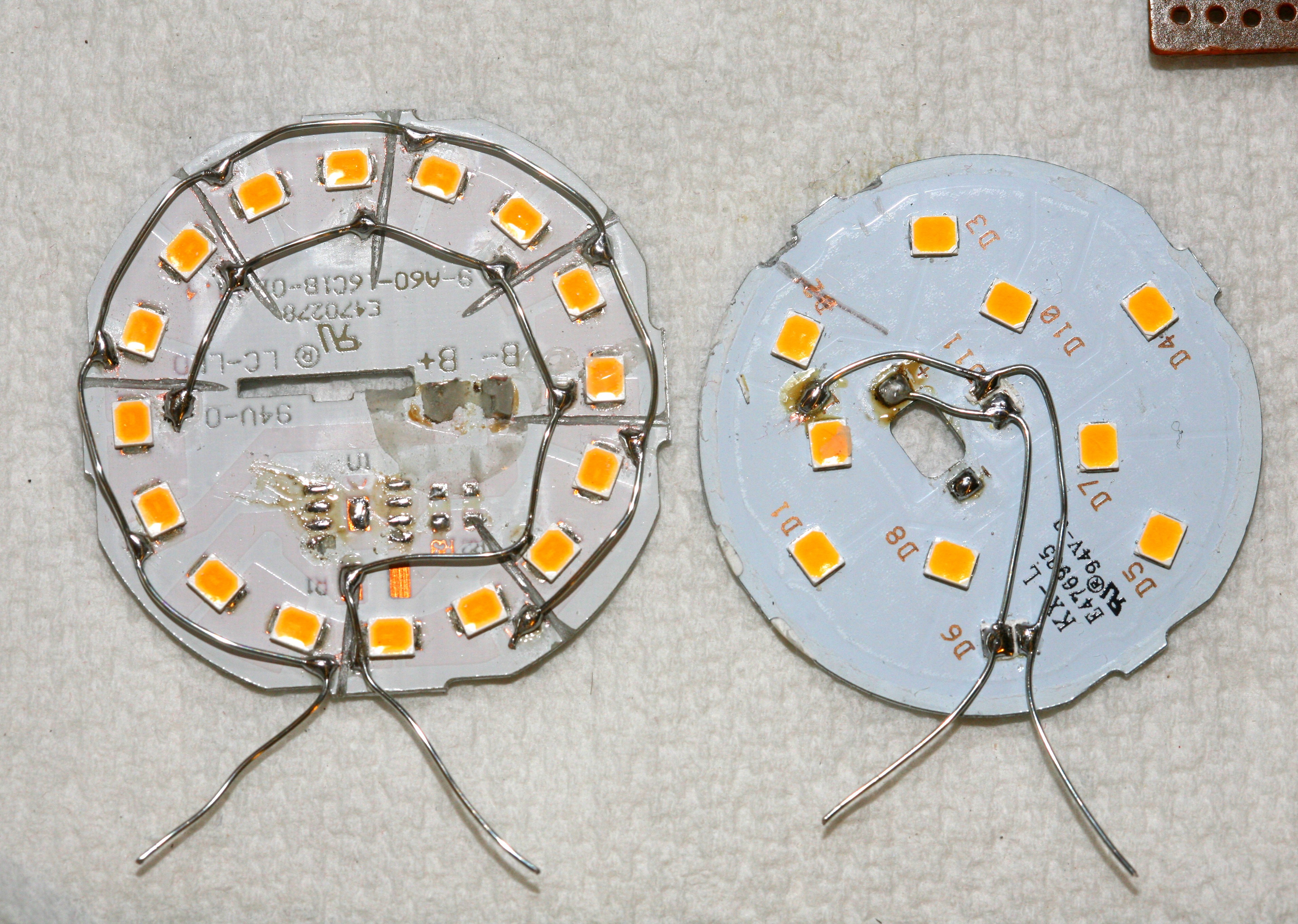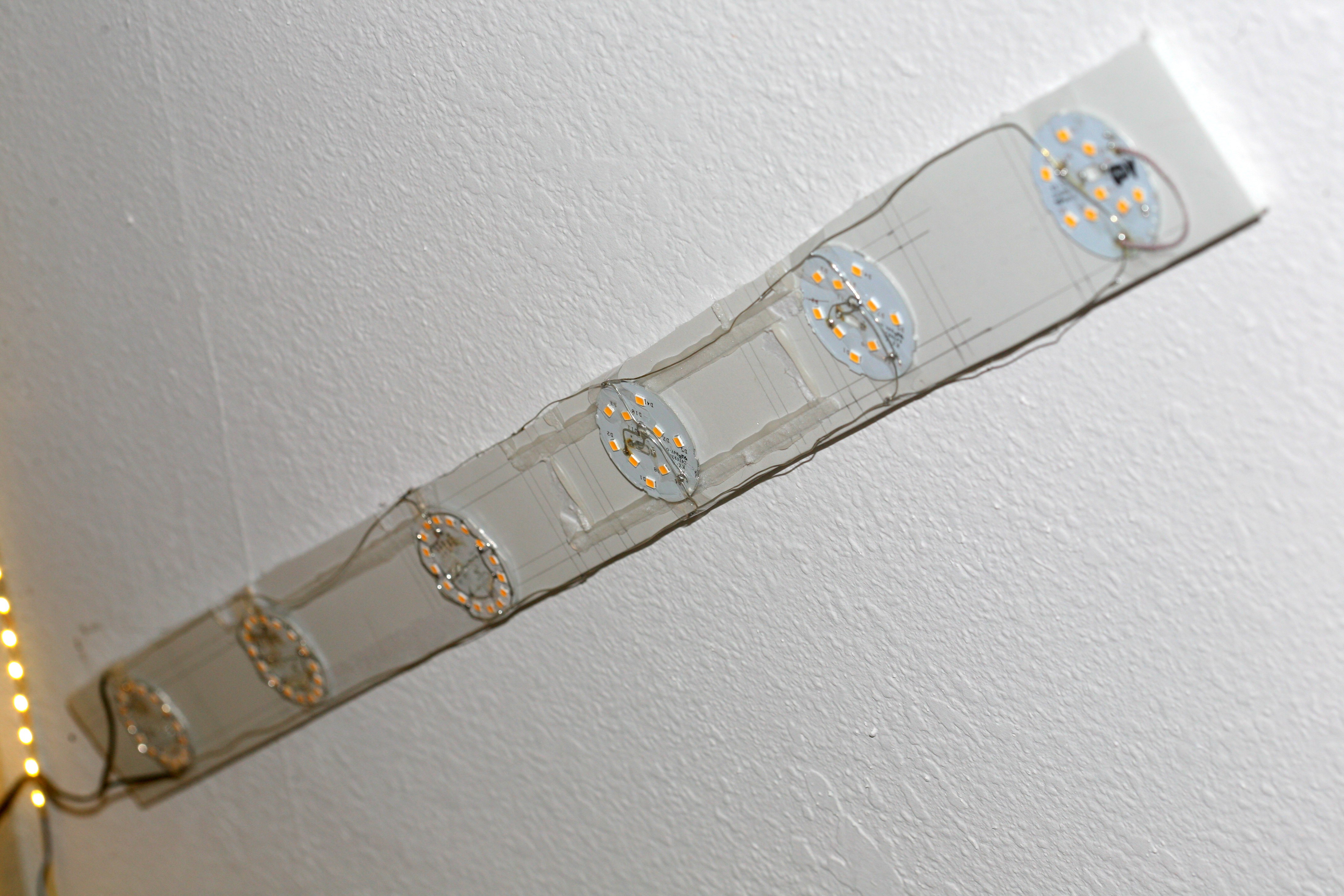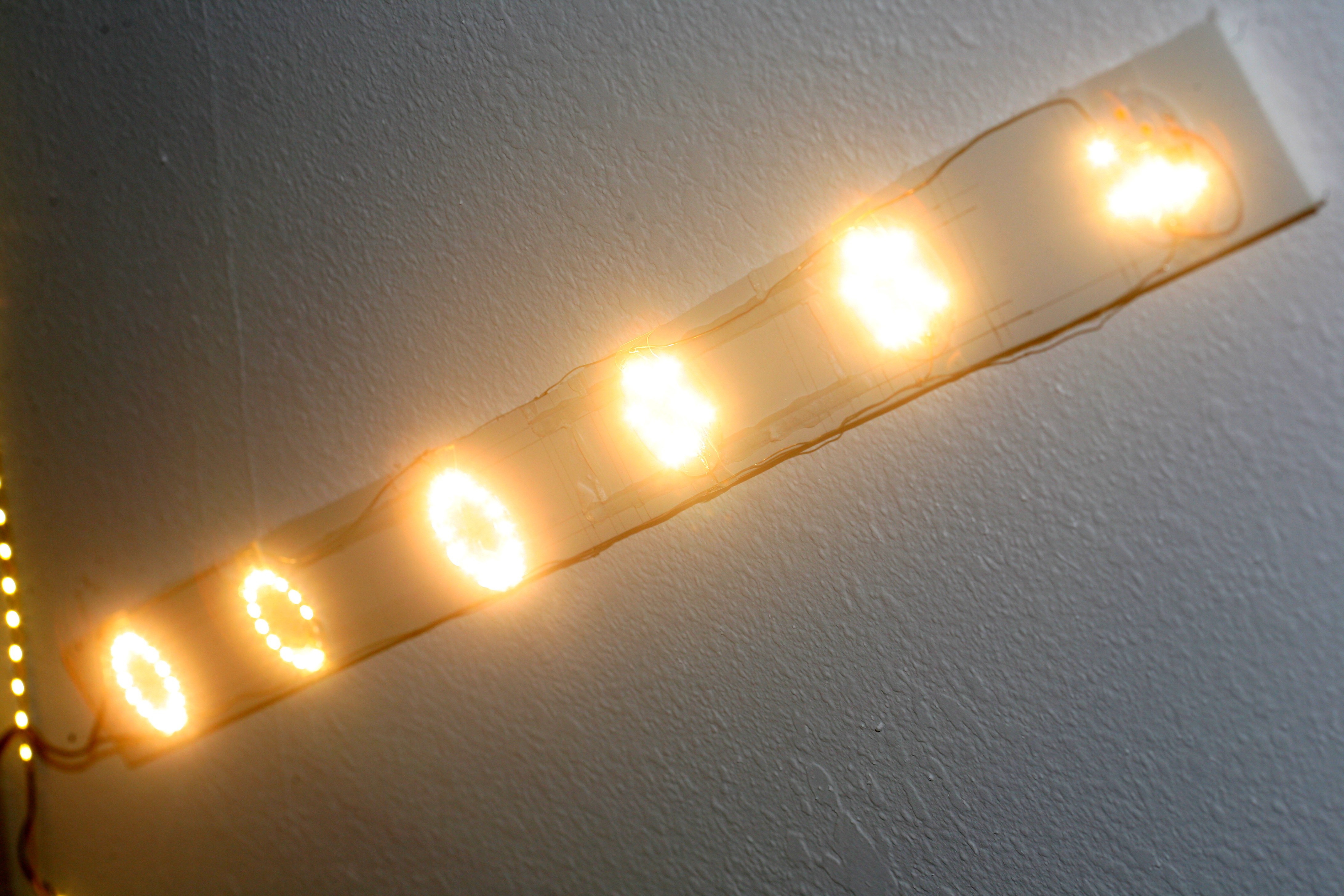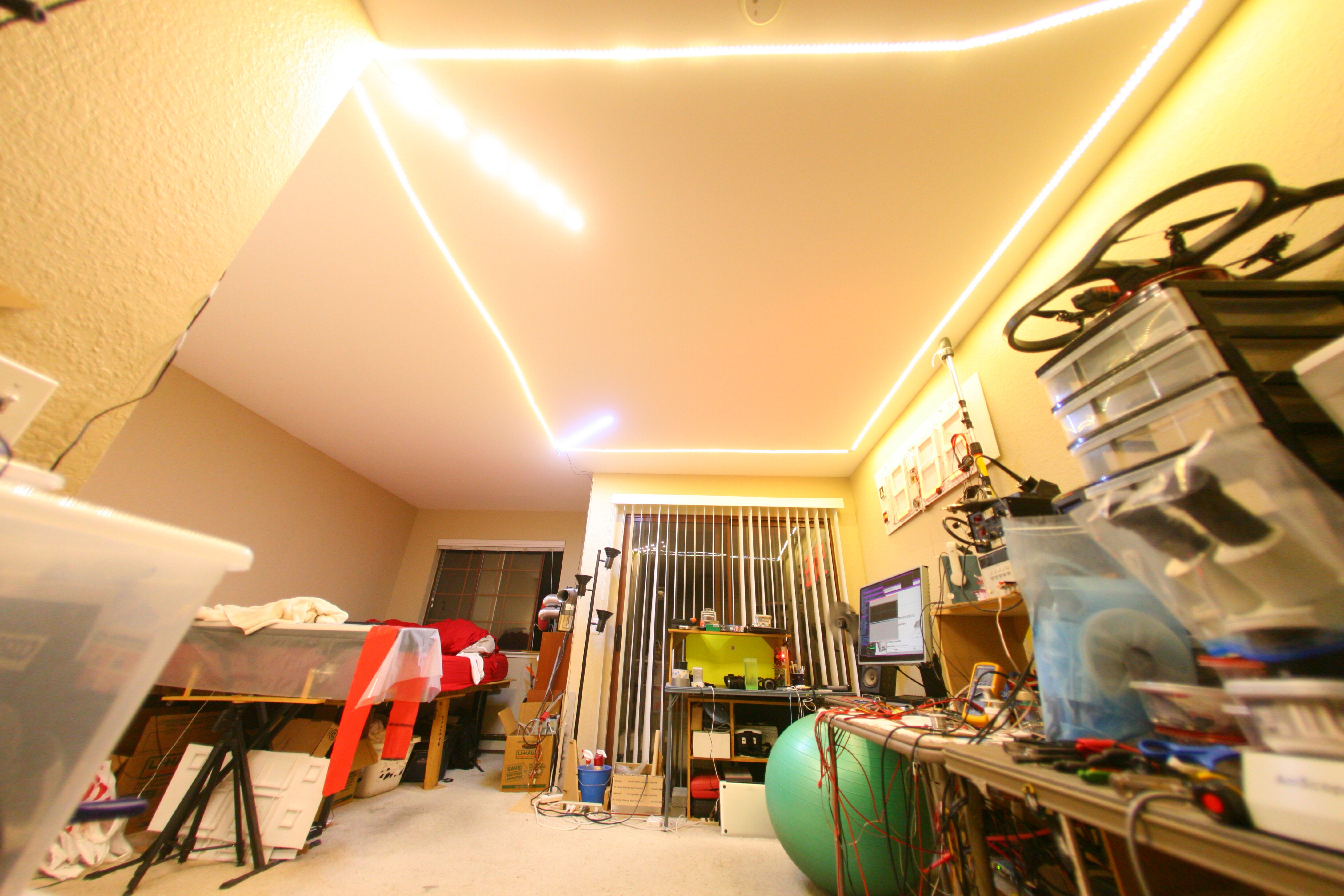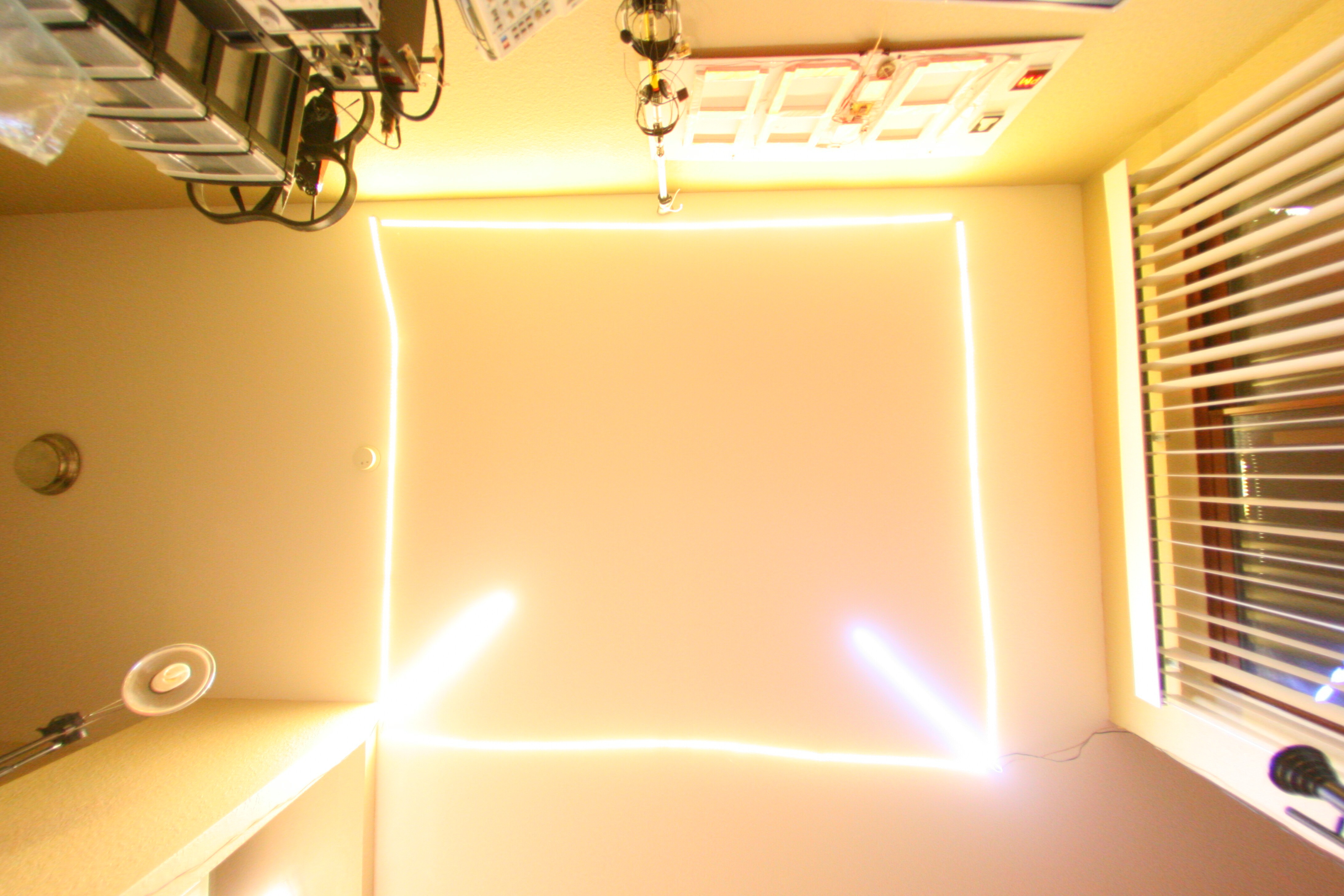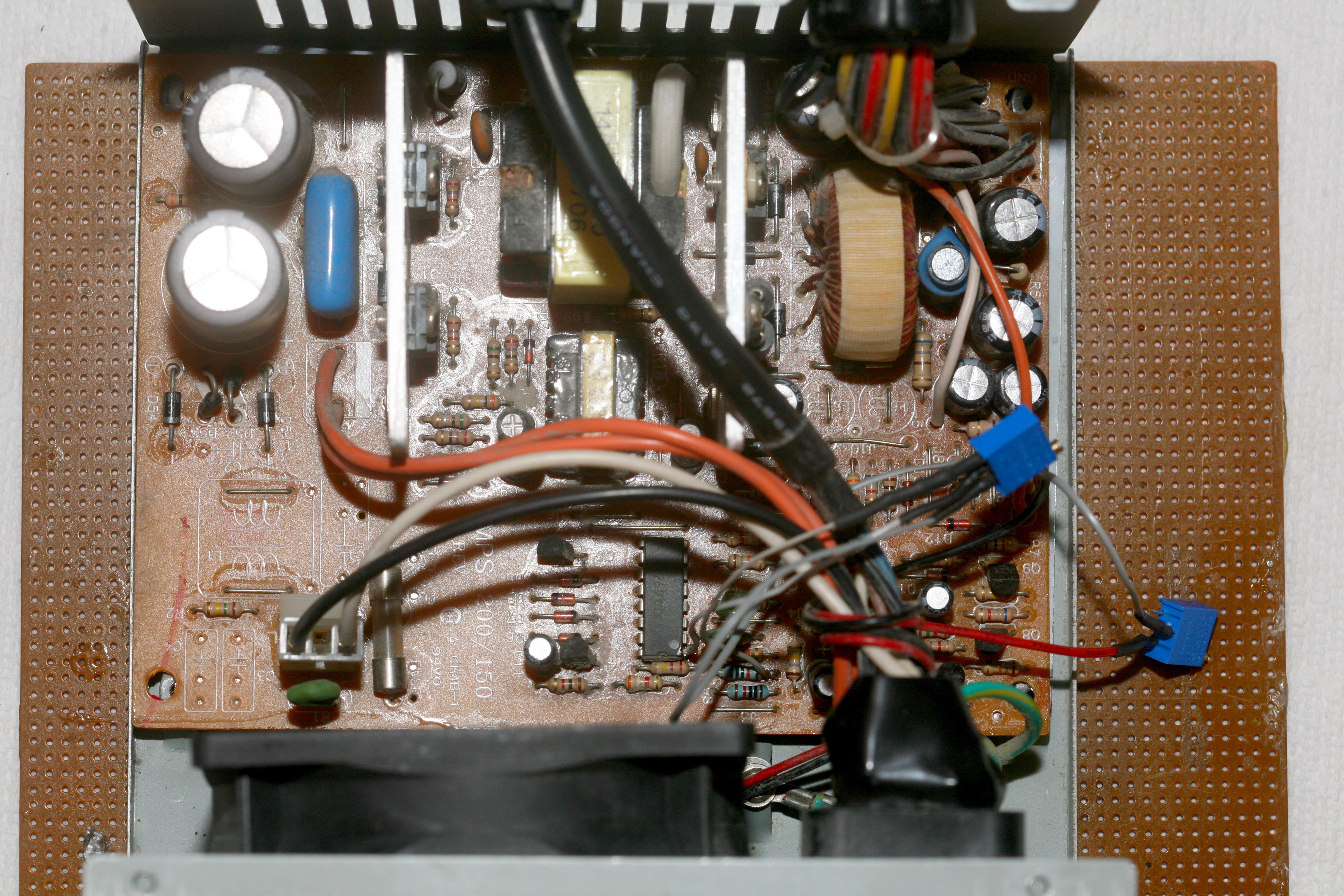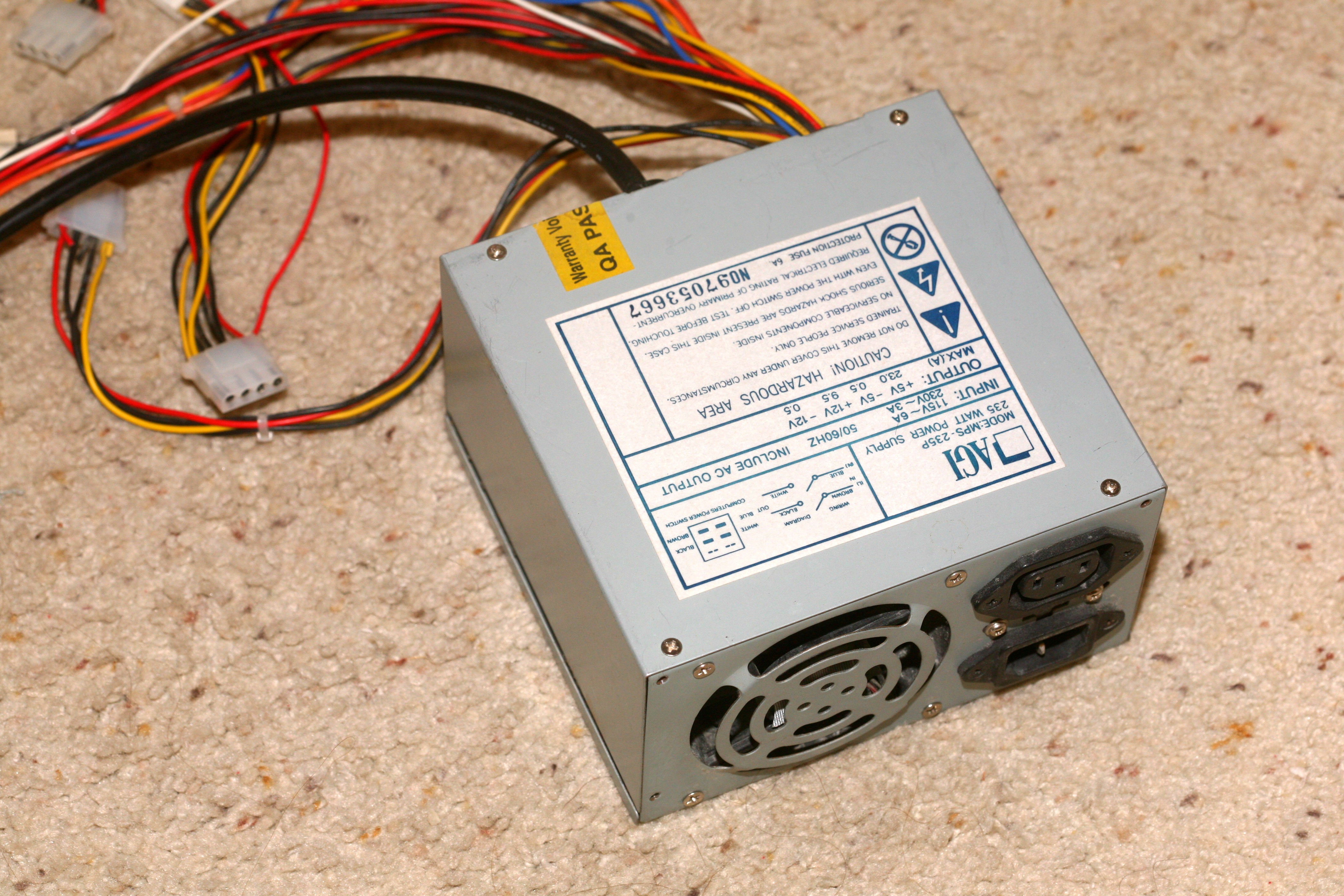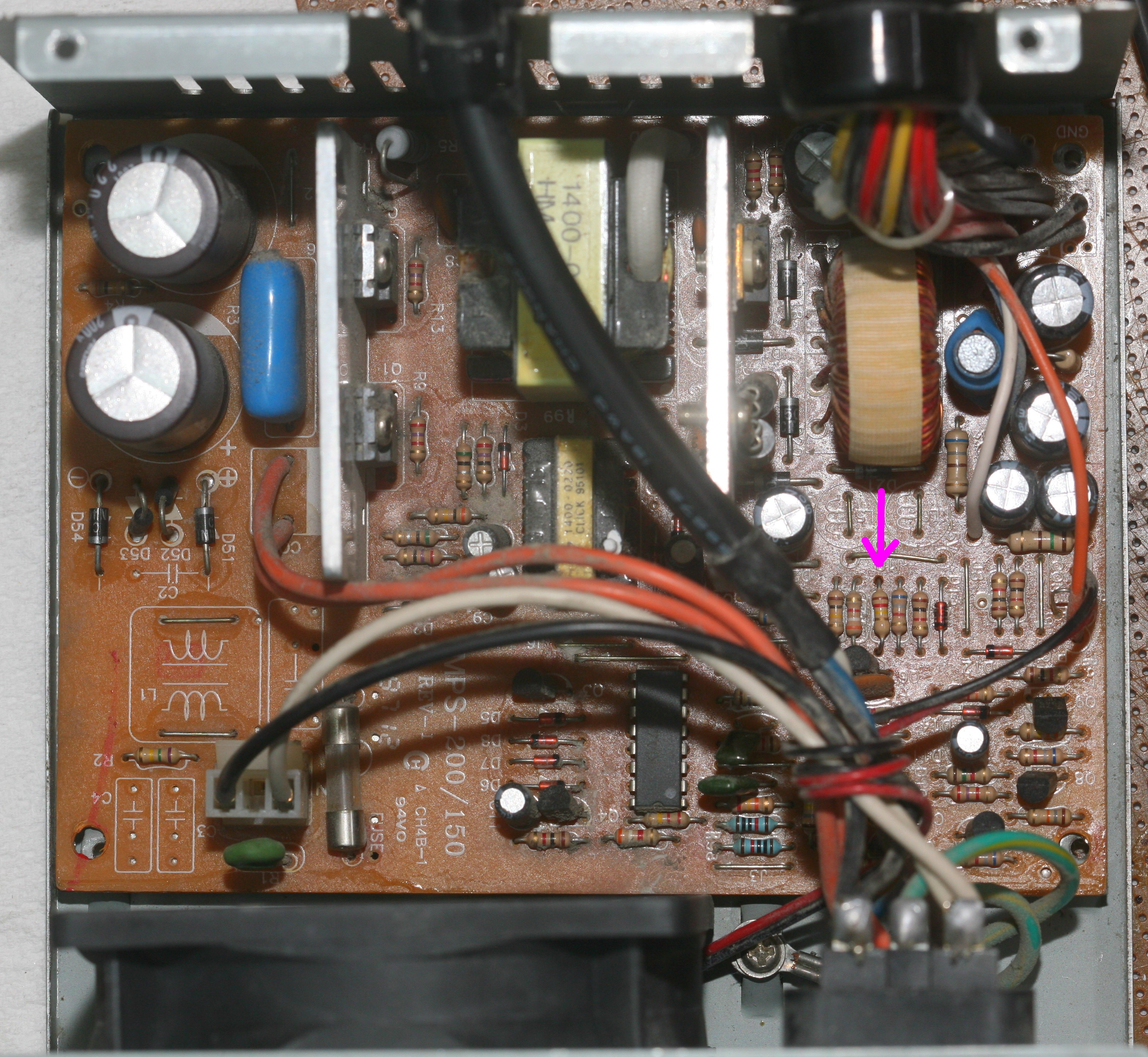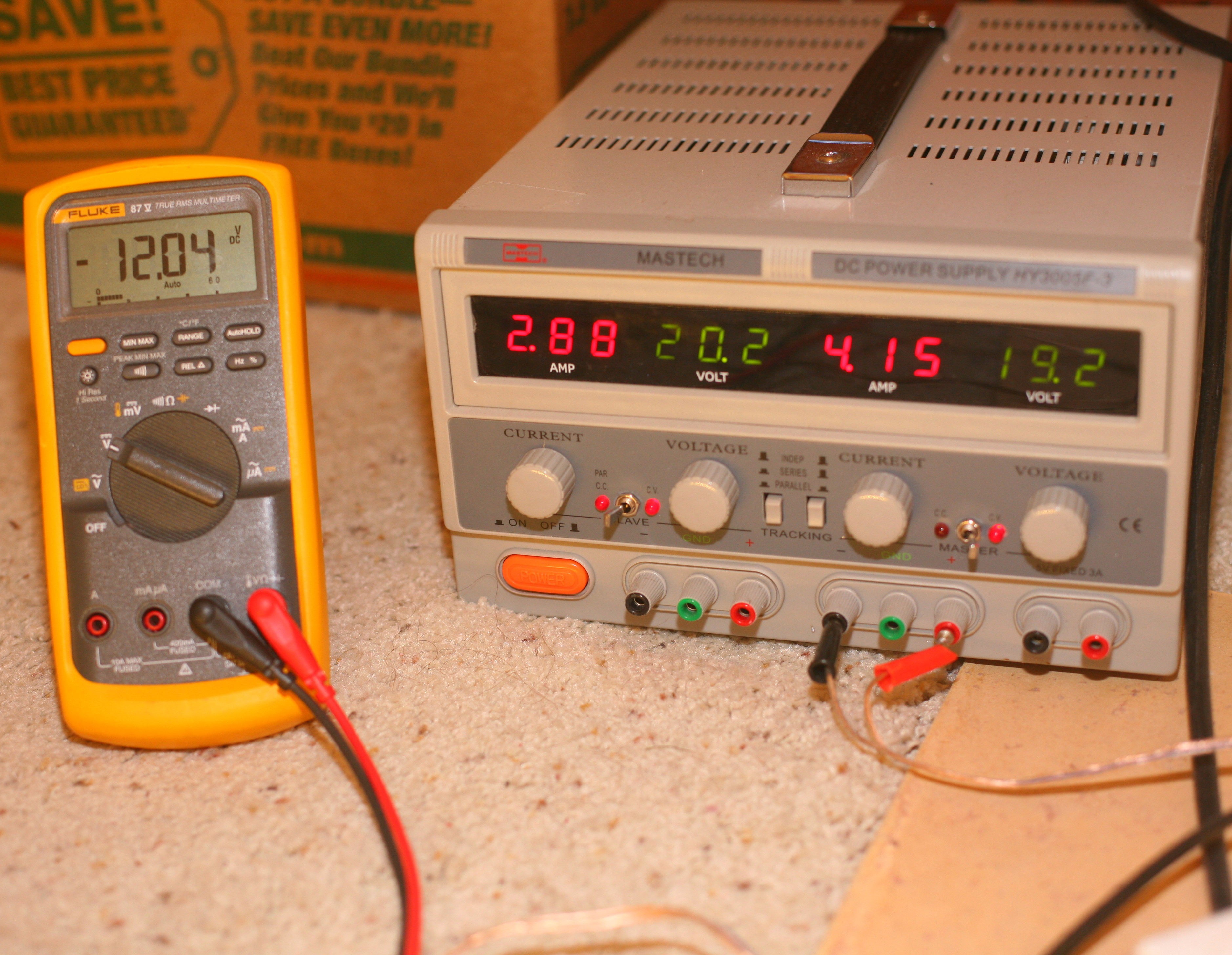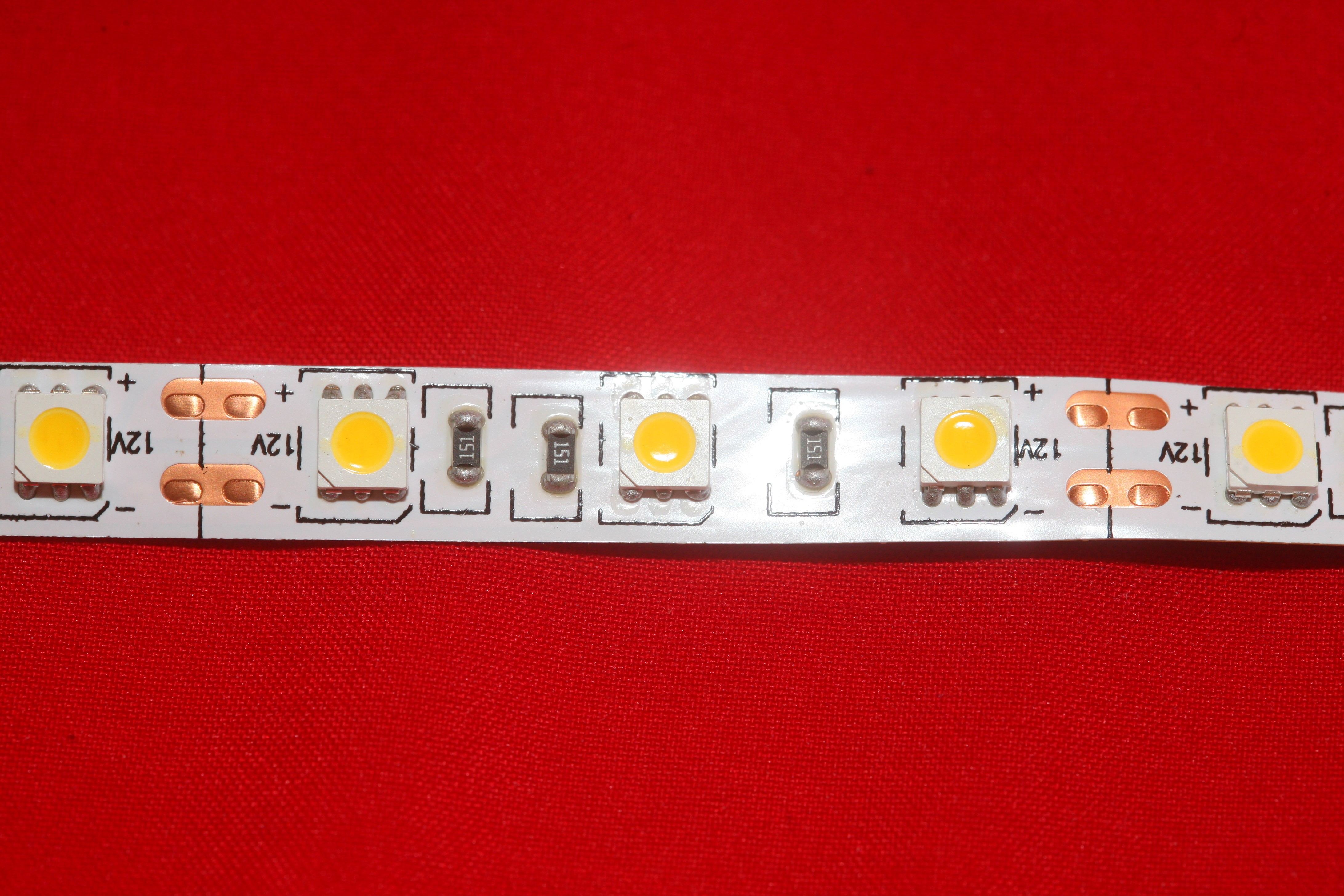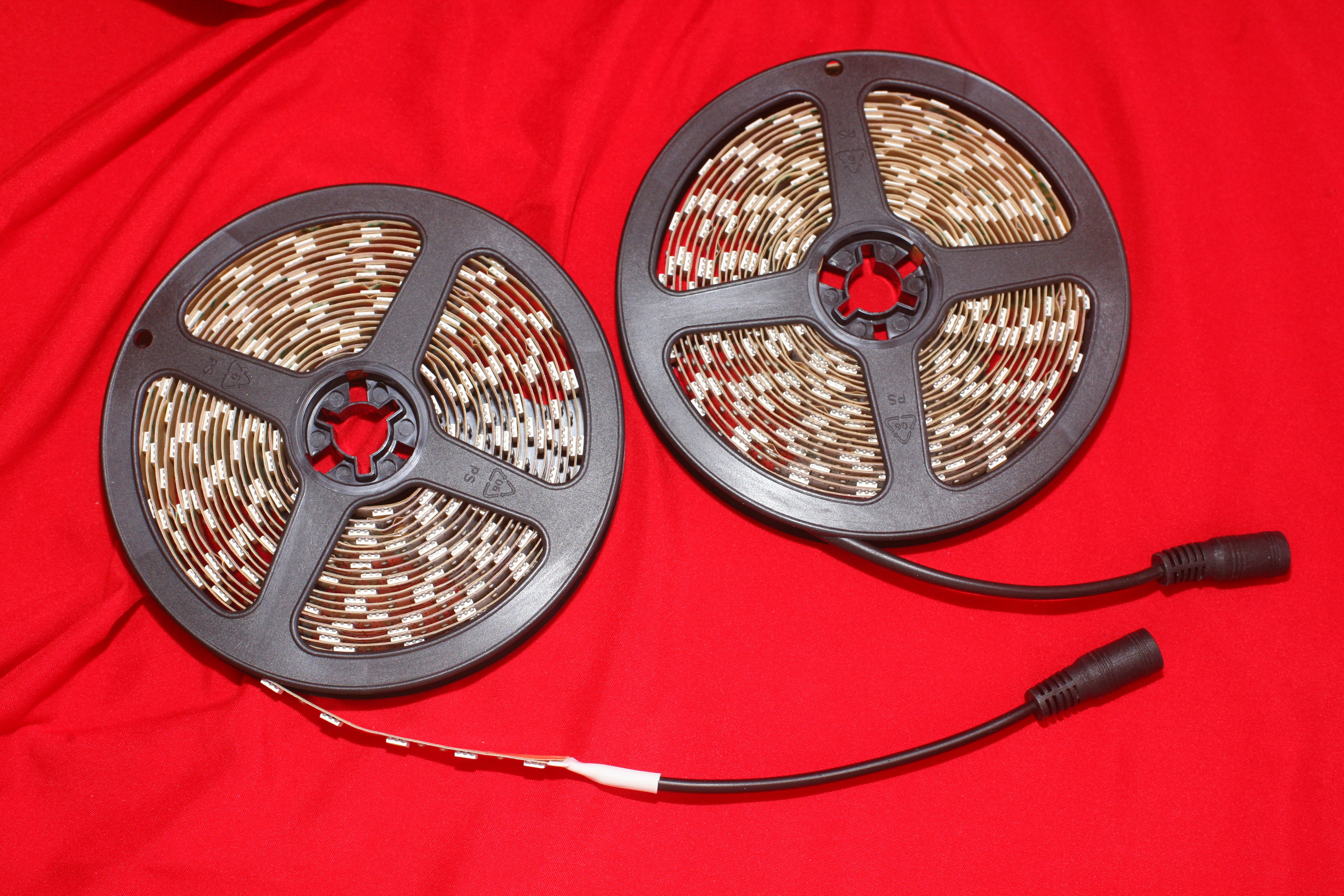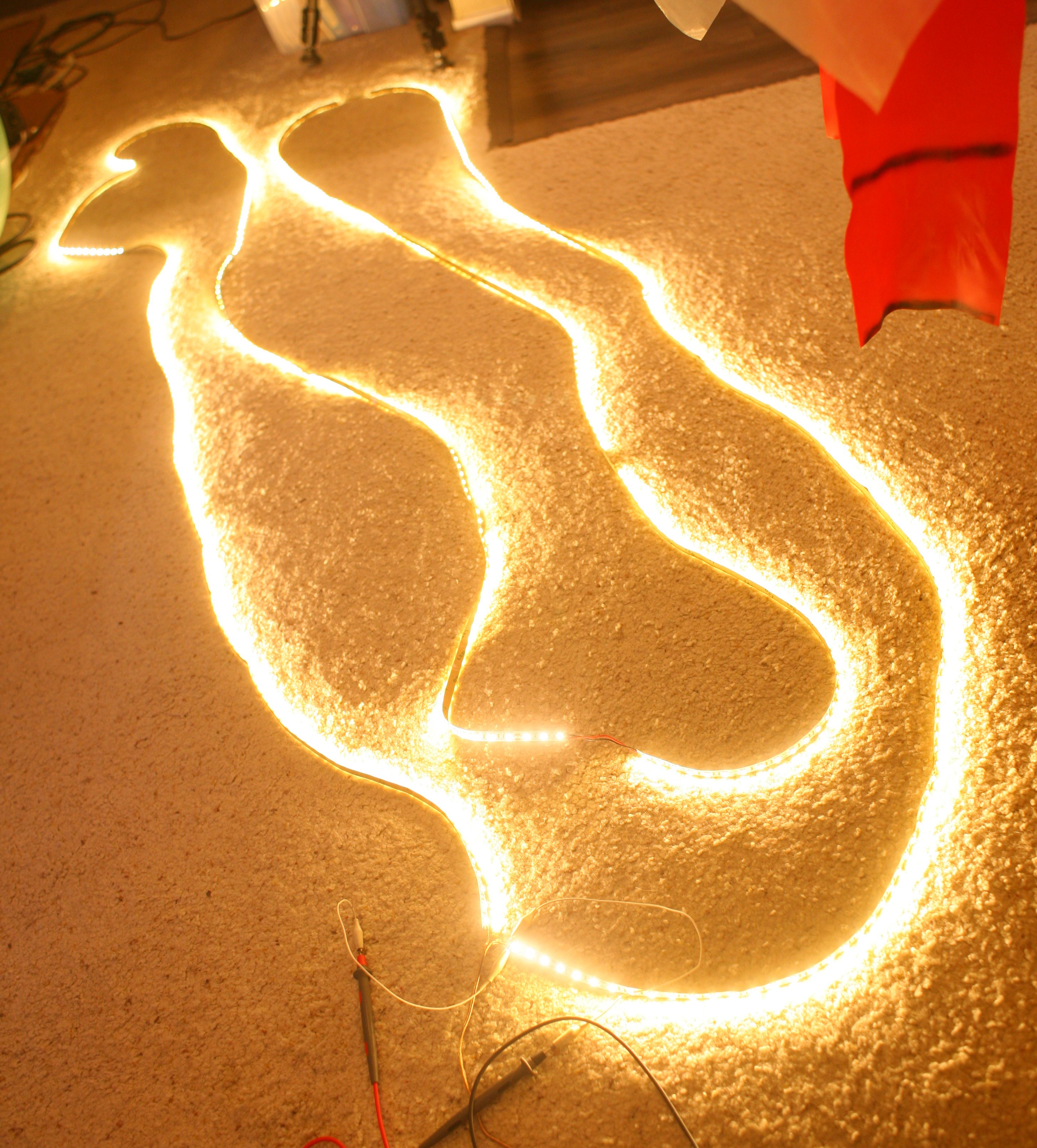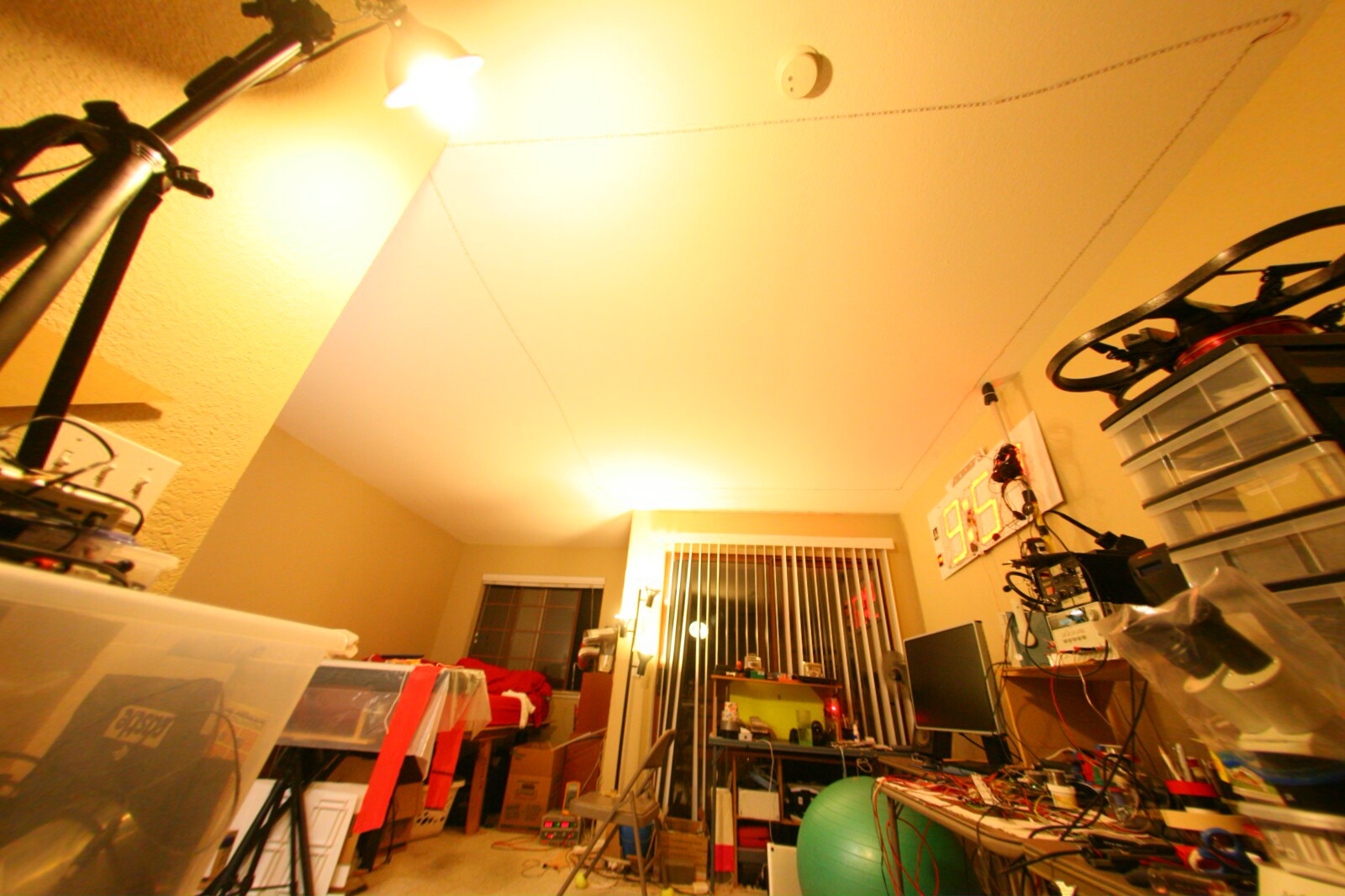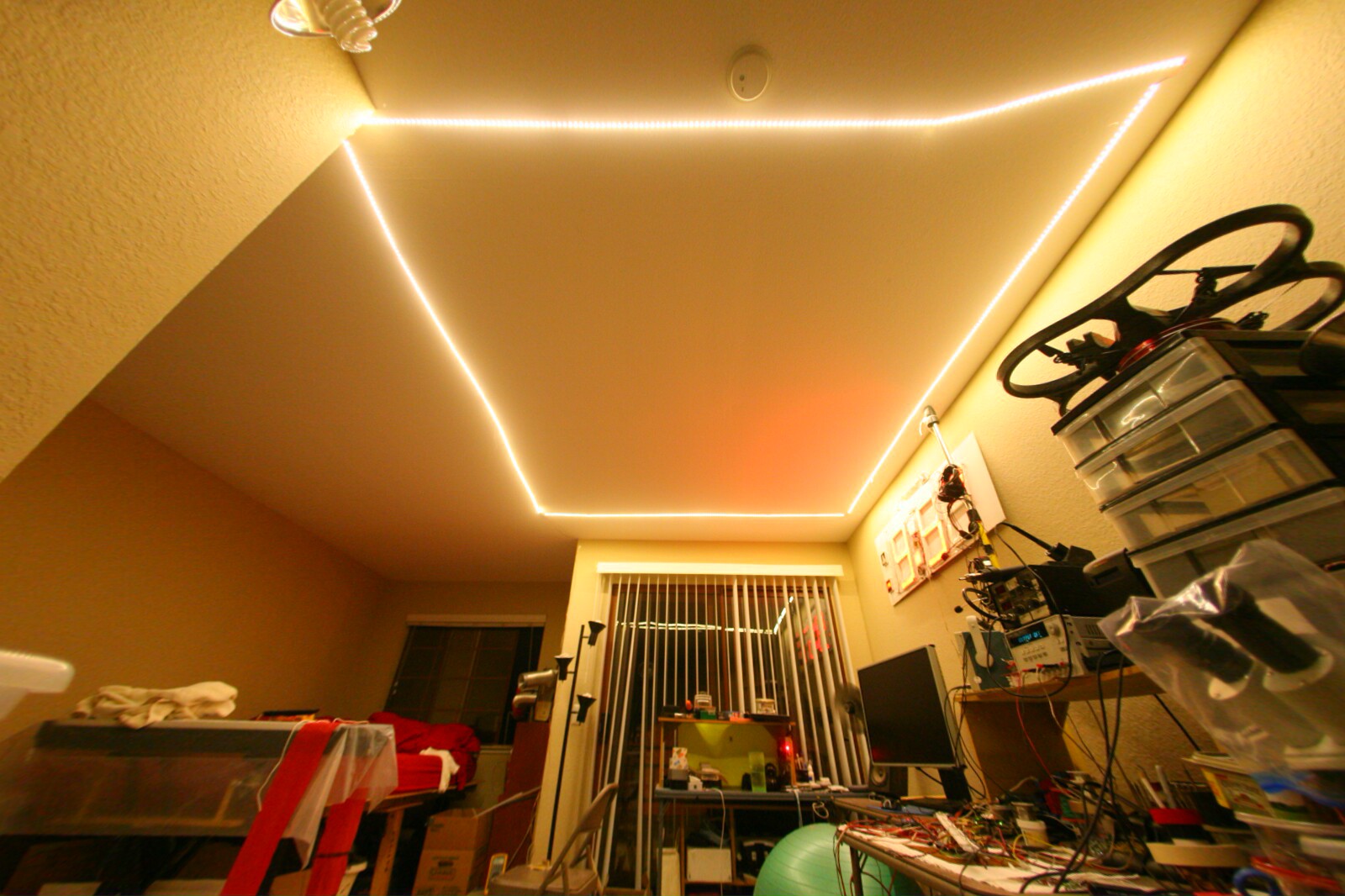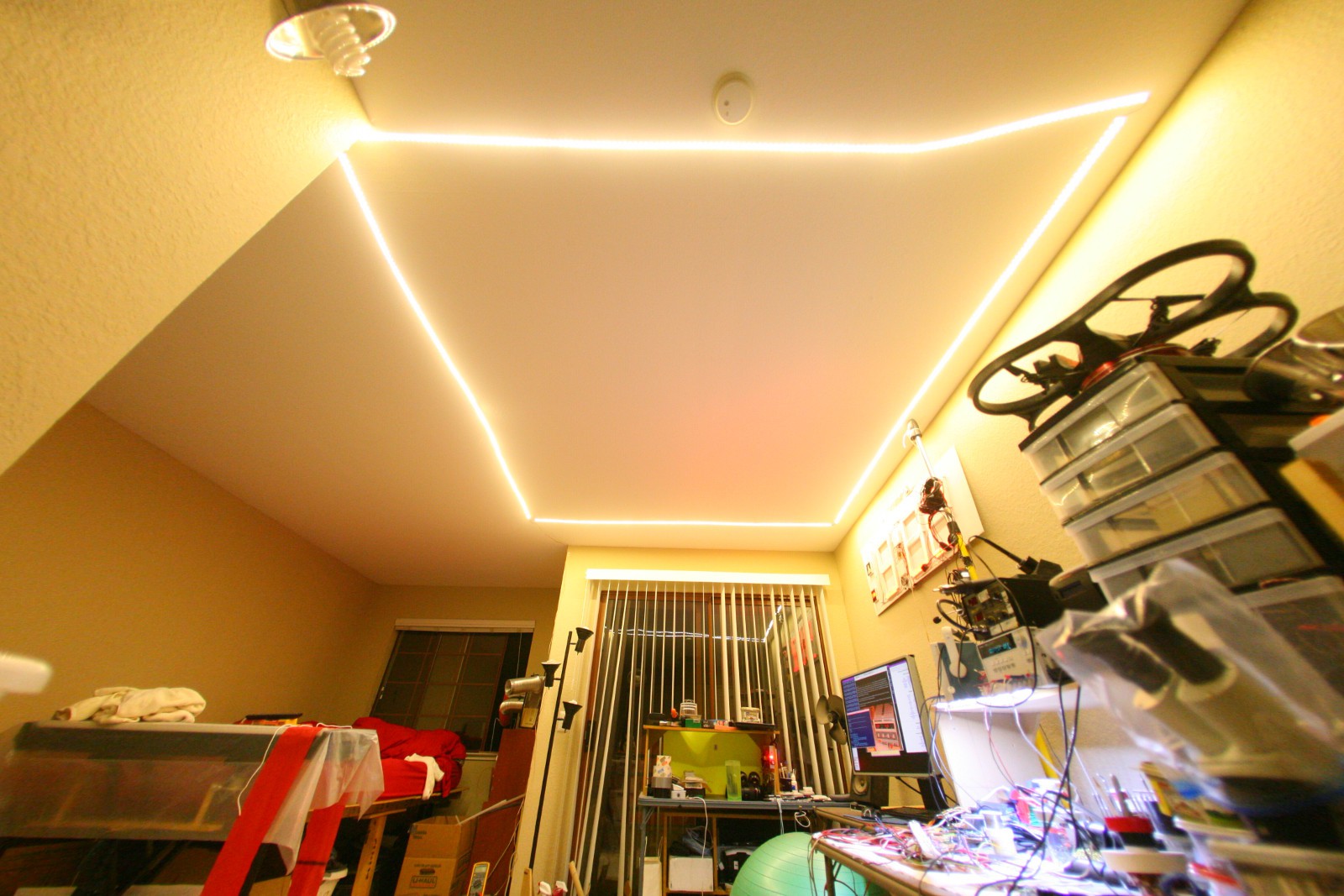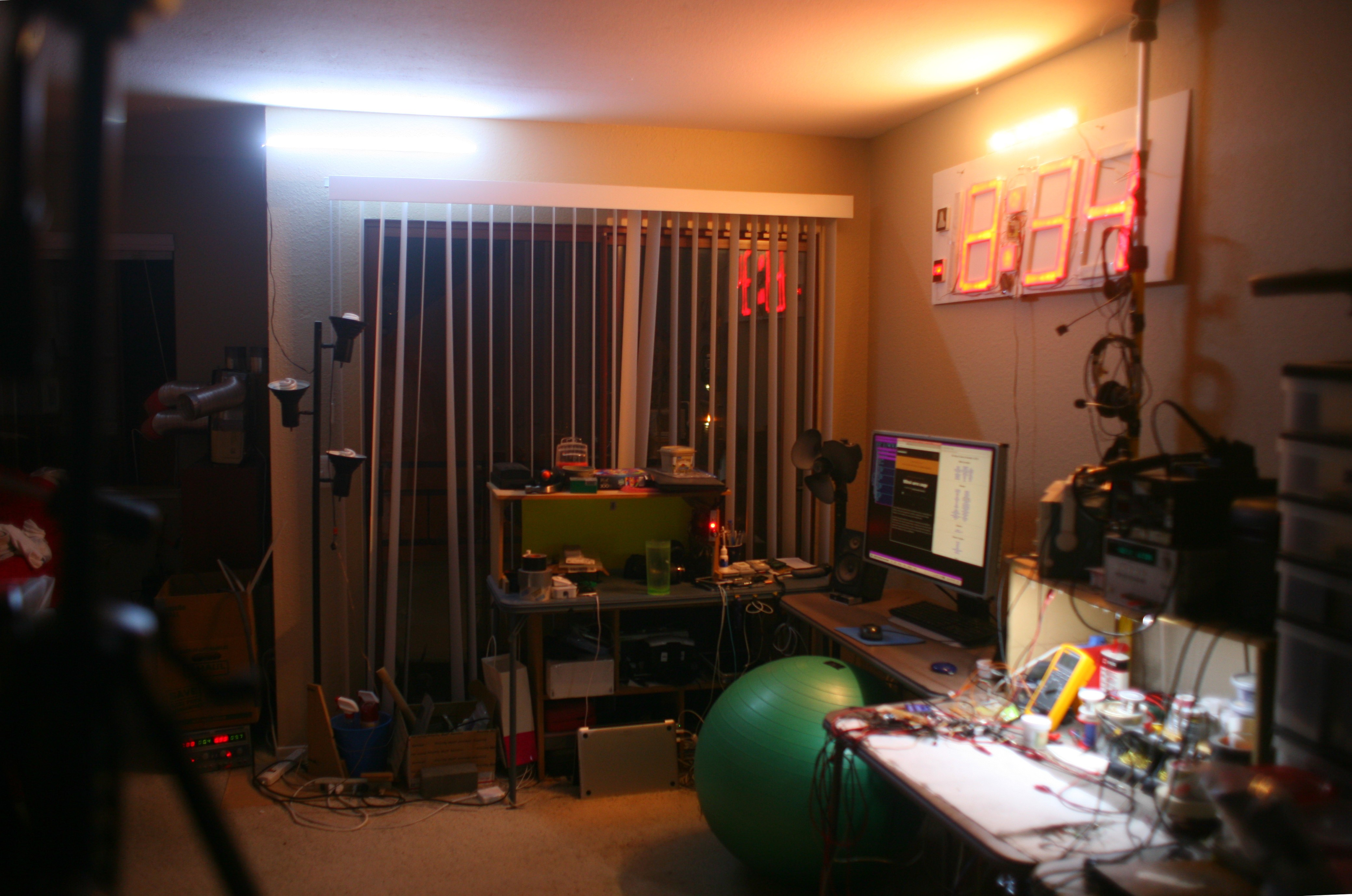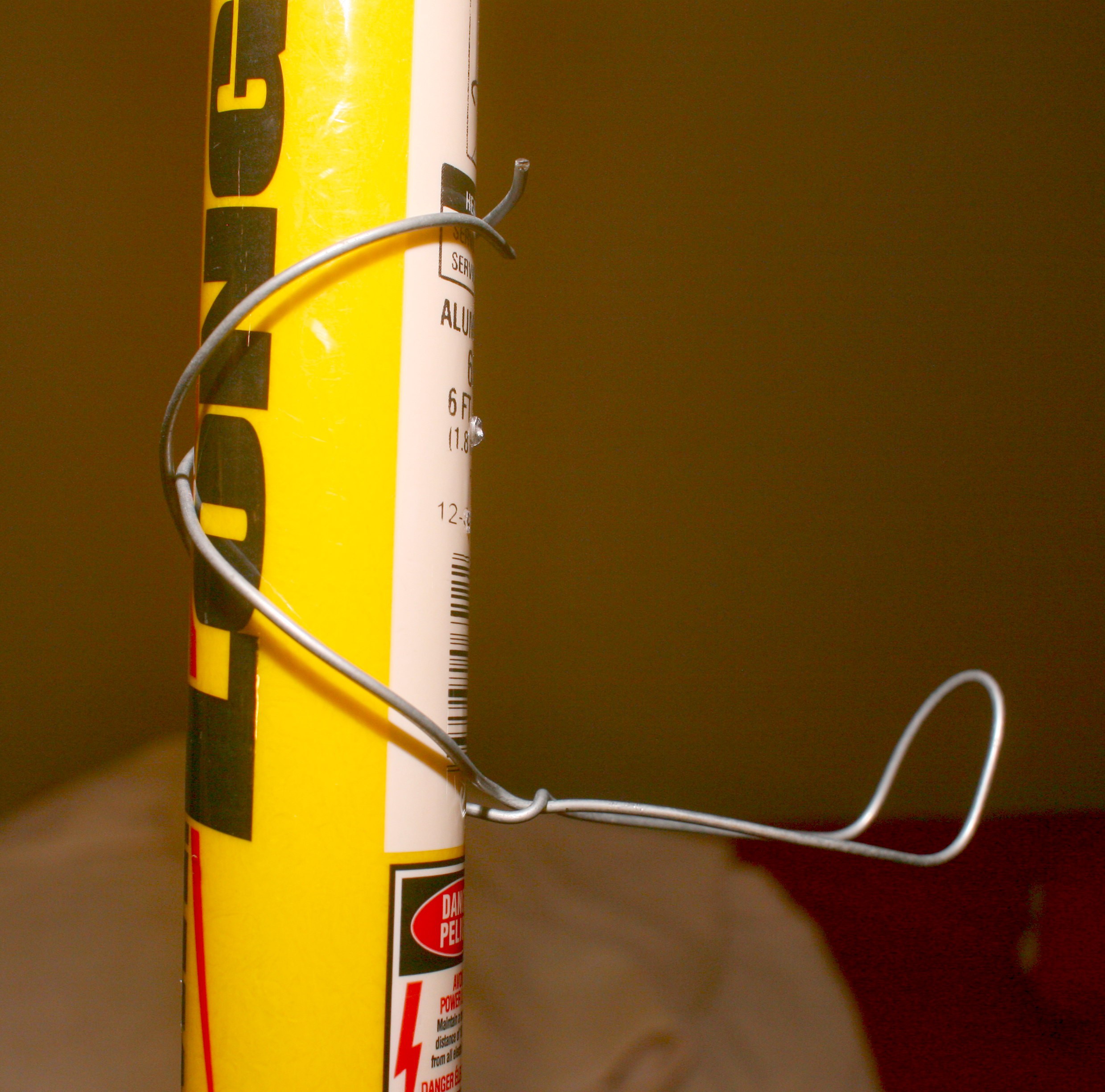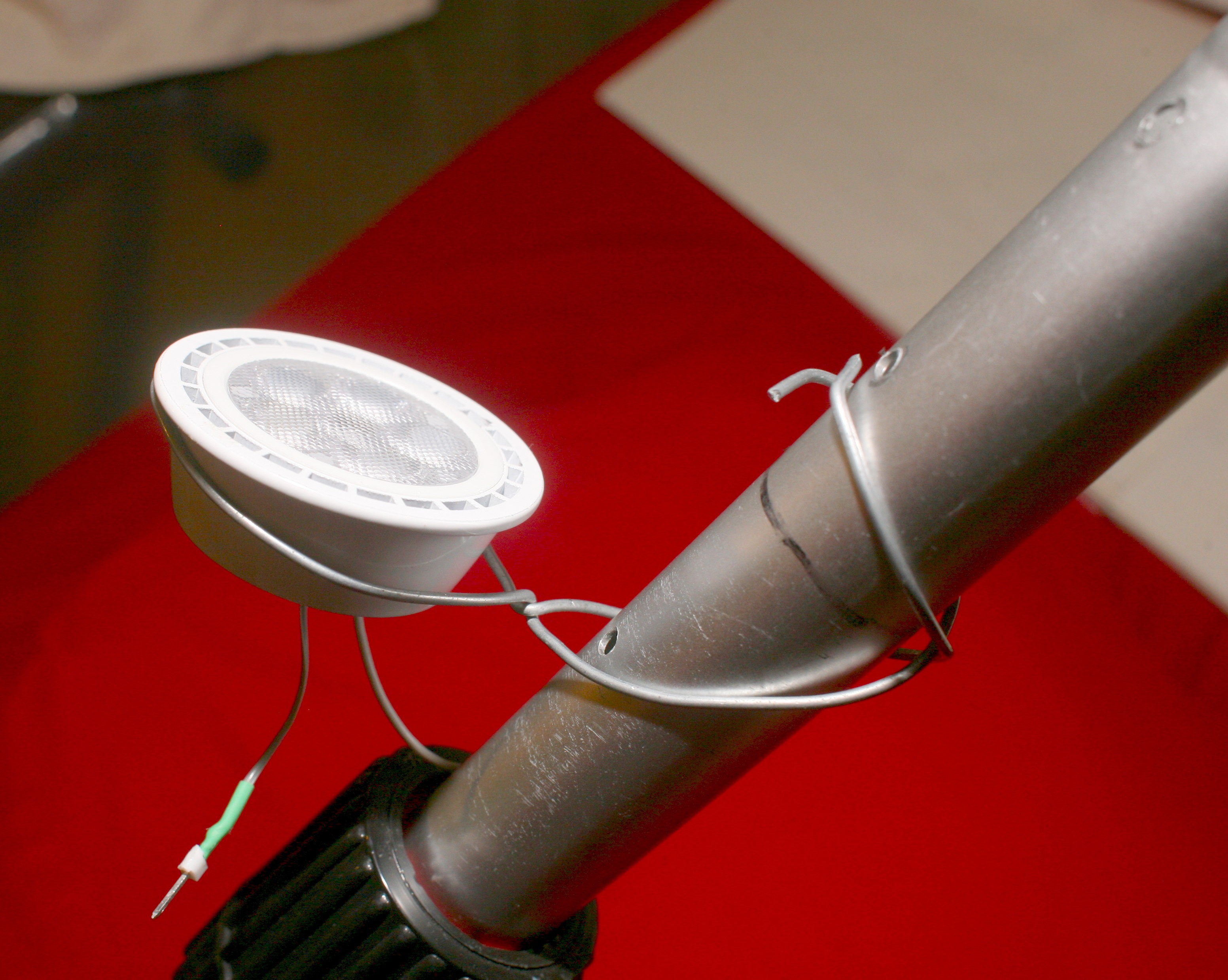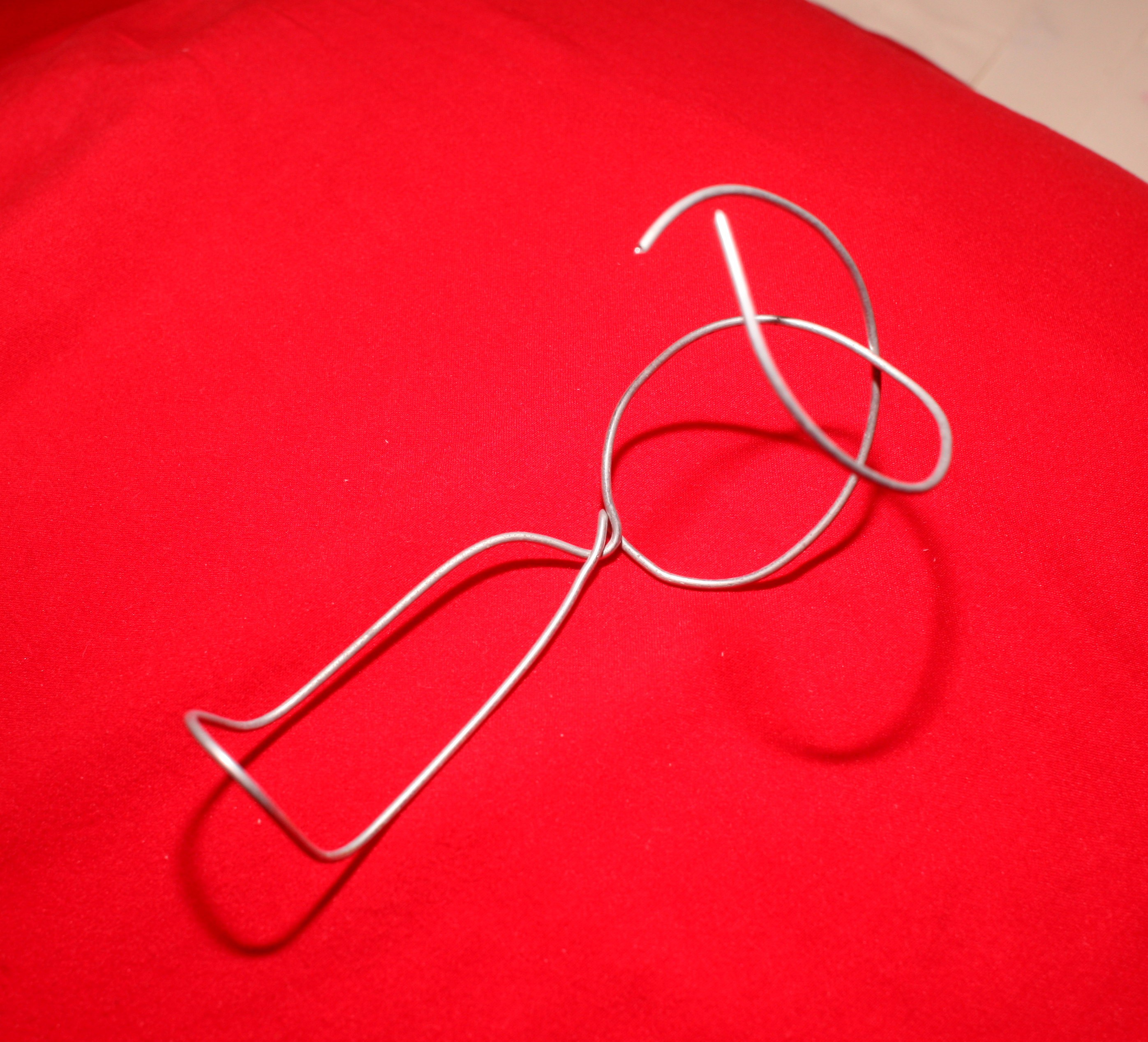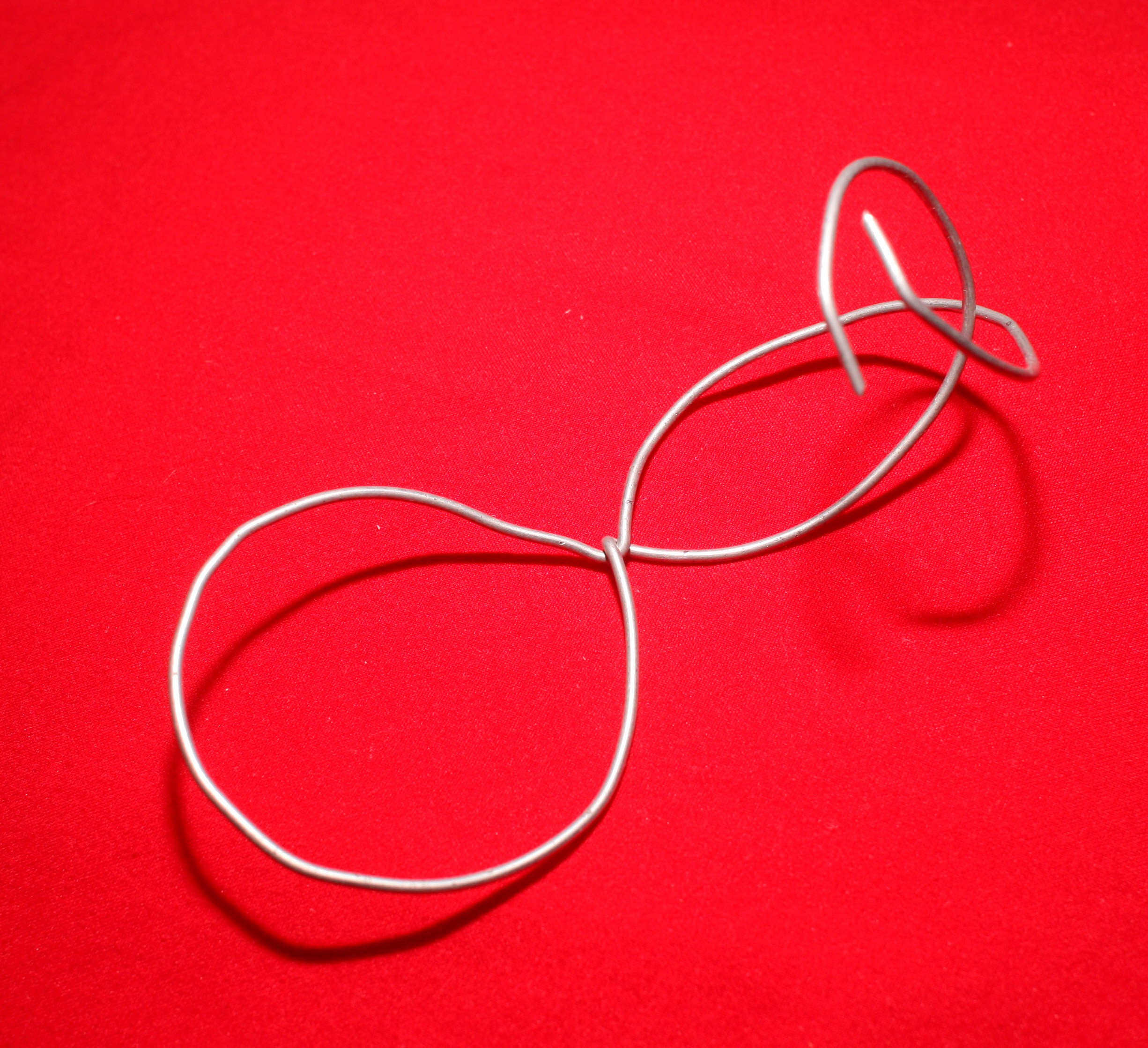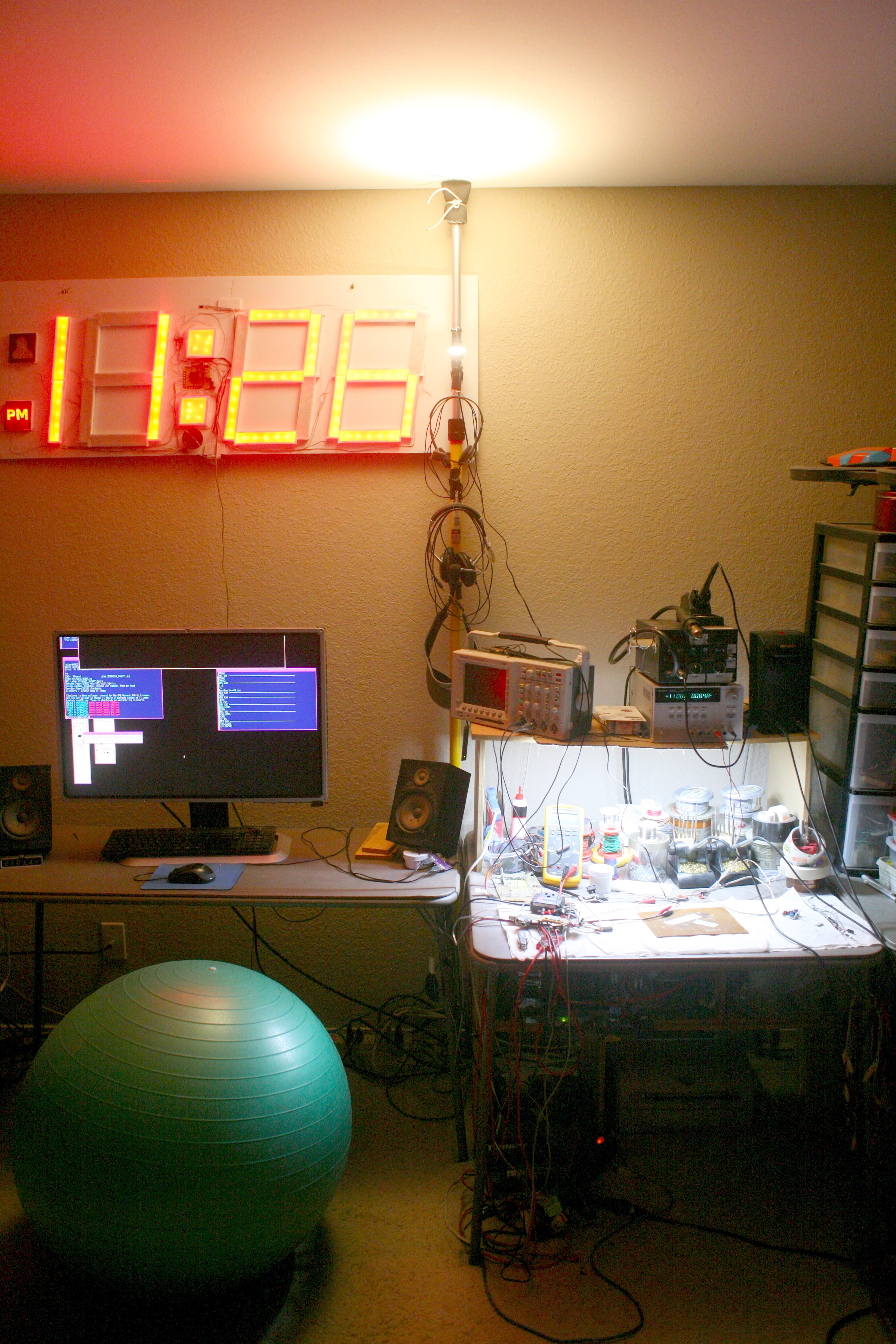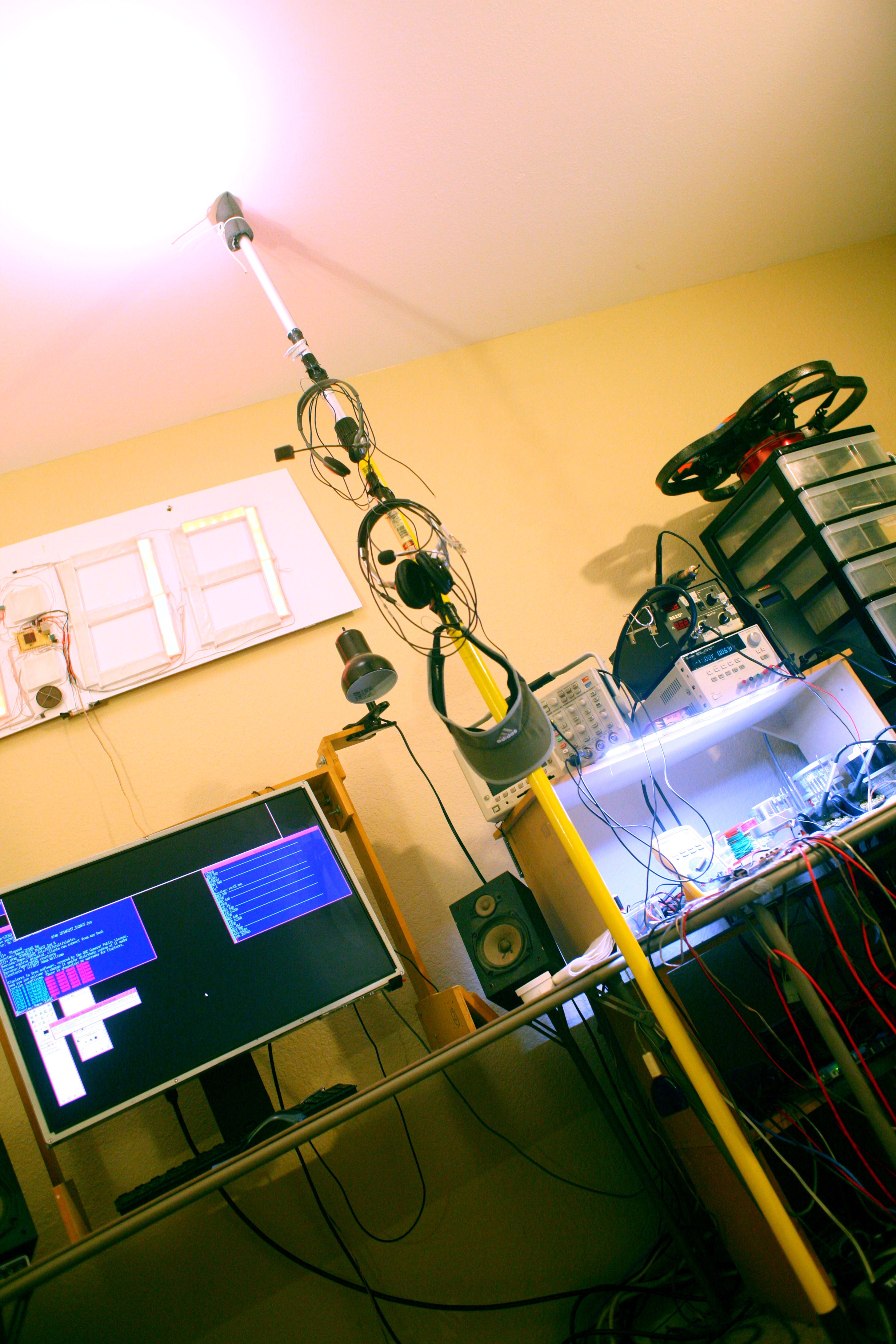-
alien characters
03/13/2018 at 06:45 • 0 commentsSeeing it from the outside, it clearly should be random alien characters rather than a square. It already looks kind of futuristic. Alien characters would make the illiterate humans freak out. All future buildings are going to be lit by alien characters stuck to the ceiling where floor lamps used to be.
Pulling it off requires wires too long to support the high current of the Lighting Evers.
Of course, there aren't many hieroglyphs of any kind which don't make humans have a shit fit. They'd burn the library of Alexandria, if they could read.
-
$1 options
03/10/2018 at 23:58 • 1 commentThe dollar store is normally a ripoff. It's quite easy to spend more on $1 lights than another rectangle. Only got 6 of the $1 bulbs. They have Sunbeam & Brichips. The Sunbeams have 16 LEDs in series, running directly on manes voltage with a rectifier, a BP5131h linear regulator, & no caps, so it's just clipping the peaks. The Brichips have 11 LEDs in series, running on 60V. Neither lasts very long on manes voltage.
The Sunbeams are a lot more work to convert, but put out more light. Through Chinese patience, the traces can be cut, ground, & resoldered to take 17V. On the Brichips, 2 LEDs can be smashed to reduce it to 17V.
![]()
![]()
This way, multiple bulbs can be stuck on a strip & powered by a single 17V supply. The design had evolved to random strips of LEDs on the ceiling, where floor lamps used to be, in addition to the giant rectangle.
Scotch mounting squares are smaller versions of the same thing that existed 20 years ago, for 1000% the price. They're so far effective at sticking LEDs to the ceiling. The light from the LEDs actually hides most of the wiring.
To this day, China still doesn't provide strips suitable for sticking on a ceiling, but it's obviously the future.
![]()
![]()
Not all the LEDs survived the rework, but the random arrays left over had a certain alien look. Smashing random LEDs would make it more artistic, but expensive. A simple transistor dropper reduced 19V to 16.5V.
![]()
It was finally bright enough to replace the floor lamps.
![]()
For the next revision, the rectangle should be a square & farther from the wall. The square should be doubled up instead of relying on extra strips.
-
$1 lightbulb notes
03/09/2018 at 09:45 • 0 comments11 LEDs in series burn around 60V at 20mA. They have acceptable color. They get hotter than the blazes of hell & damnation itself, relying on the base & the screw mount for cooling. Like all LED bulbs, the LEDs can't be extracted. The mane advantage is they have room to bolt on a heatsink & rework. The LEDs aren't wired in numerical order. If LEDs 11 & 6 are smashed, they can be points for wiring in 3 parallel. That makes 16V at 60mA. There's no way to reconfigure all 11 for a lower voltage.
It's leading towards random arrays of inexpensive LEDs. Suspect all apartments of the future will be lit by taping random LED strips to ceilings. It would be nice if LCD backlights could be used, but they're too blue.
-
Maximum voltage unlocked
03/07/2018 at 08:55 • 0 comments![]()
Decided to move pin 1 to a custom voltage divider & reset the 118k resistor to 35k. The new voltage divider was a 10k pot + a 1k to keep it from shorting pin 1 to ground. This allowed it to go from 5 - 16V without any trouble. It also reduced the sag. Now, 14V was enough to put the 12V maximum on the LEDs. Left it there.
The other problem was the cooling fan overspeeding at 14V & making a lot of noise. It needed another 500R pot to slow down. At least there wasn't an overvoltage protection, though short circuit protection was never tested.
The LEDs are rated for 5000 hours, so in 300 days they'll have to be torn down. The square is the most efficient way to get maximum power to all of them with the least wiring. It could use a string mockup to look neater. Longer life & higher brightness could be done with $40 of derated strips. The dollar store has 60W edison replacements for $1, but the modules run on 35V. Making a square of these & just ordering a real power supply is another option.
Now you know how to get higher voltage from old computer supplies, for powering LIPO chargers, LED strips, & audio amplifiers.
-
AT power supply hack
03/06/2018 at 07:41 • 0 comments![]()
The Mastech was blazing hot & funding multiple PG&E pensions, so decided to hack the 21 year old AT power supply to generate enough voltage for the Lighting Evers. It now only generated 11V & its fan was broken. It sagged to 10V with the LEDs on. All voltage regulators have a feedback pin.
http://danyk.cz/at_atx_en.html
The internet said pin 1 of the A1K494 was the feedback & these boxes could reach 16V before capacitors started blowing up. It was connected to a nasty resistor network. A 35k was the most likely replacement. Managed to raise the no load voltage to 13.75 but no higher for any resistance above 118k. The 35k seemed to be parallel with a 3k, but whatever. Replaced the 35k with the 118k. With the LEDs on, it sagged to 12V.
![]()
Maybe higher voltage could be achieved by returning the 35k & disconnecting pin 1 from the circuit completely. Then provide a scratch built divider for pin 1. It all seemed too much trouble, compared to replacing a single resistor. There might be other issues with over voltage protection & short circuit protection. Any sane lion would just buy a proper supply & wait 3 weeks.
Things were a bit dimmer than the Mastech, but much more efficient. The old fan was relubricated & it worked just like 1997 again. Hard to believe this 235 watter with no insulation on the manes pins & all its sagging was the lion kingdom's very 1st power supply. It powered the very 1st experiences capturing video, something you'd think would require much more.
-
The Lighting Ever
03/05/2018 at 02:46 • 0 commentsSo the https://www.amazon.com/gp/product/B00JQV6NNC/ arrived on a Sunday. At the rated 12V directly on the ends, they got too hot to touch & weren't as bright as hoped. 1 of the modules was dead from marginal soldering. They only burned 7A, giving each strip only 42W of its rated 72W. Daisychaining with voltage applied to both ends didn't work as hoped. There are still LEDs farthest from the ends. If they had the same voltage as the end LEDs, that would be a free lunch. Instead, they're 1.5V lower & much cooler than the ends. The internet definitely understated the amount of voltage drop in these strips.
Of course, getting 12V to the ends required 15V on the Mastech if both electrodes go to each end. If only a single electrode is connected to each end, the Mastech needs 20V.
They need to be adhered to something to draw away the heat or derated. If the Mastech outputs 12, they see 10V & the current is only 3.5A.
![]()
![]()
There are no diodes. There's a 150R limiting current to each LED. They bleed off a huge amount of power, just so it can use a standard 12V.
![]()
![]()
![]()
Conventional lights
![]()
Decided to partially adhere them directly to drywall. At 3.5A, they were quite dim compared to the CFL's.
![]()
7A with no other lights were significantly brighter but still no replacement for the CFLs. Since they're not completely adhered to drywall, they're not dissipating the full heat load. The Mastech also burns off a huge amount of energy to make 7A. It doesn't look anywhere near as bright as 84W of LEDs should look, but that's why it was only $20. It's definitely not the daylight claimed by the internet.
-
Power supply notes
03/03/2018 at 05:32 • 0 commentsWith another week to go on the free shipping, the internet is still silent on the subject of LED strips bursting into flames, but lions know a dead short with a 250W power supply can ignite something. Depending on how they're daisychained, the 2 strips can require 24V or 12V, so the plan was to use an ancient computer supply + a PWM generator that delivered constant current with a software fuse.
Since these lights are put up by 10 year olds & everyone uses constant voltage, the vision constantly got downgraded until it was just a MOSFET with a 10A automotive fuse soldered in line. Of course, it would be more efficient to PWM the MOSFET than operate it in pinchoff mode, so threw in a microcontroller, making it the world's most expensive copy of a free Chinese PWM generator.
-
Picking an LED strip
02/26/2018 at 08:30 • 0 commentsNothing could finally progress any farther without pulling the trigger. There are so many LED strips, it's impossible to pick the absolute best one, so just picked one.
The key parameters were 3000k & estimates of the power at 50W, though no-one seems to know. They were so insanely cheap, compared to edison mounted lights, the decision was made to mount 32ft directly on the ceiling in an 8x8 ft square. This allows powering them without running wires everywhere & meets a key requirement of the return path being on the opposite end of the strip as the source path. All the videos have the return path on the same end as the source path, which causes the strip to get dimmer on the disconnected end while the LEDS burn out on the connected end.
Being a total of 100W, they'll run significantly below rated power to extend the mileage. Key requirements are a constant current power supply, fusing, & adhesive. Guys have had diodes ignite. No-one knows why the strips have diodes. In a sense, it's a return to the original idea of recessed lighting with the stock LED parts available from China instead of pucks.
-
LED strip tests
02/18/2018 at 09:40 • 0 commentsKid & baby photos are the worst, but wait 10 years & things get interesting. Definitely been an explosion of LED lighting examples. There were virtually no examples, last year.
The trend seems to be kids sticking LED tape to their bedroom walls, near the ceiling & pointing horizontally. There's definitely less uptake of this design by our generation, the same way our grandparents stuck with paisley lampshades. The tastes we grow up with tend to stay with us for our entire lives, with 1990's halogen lights sticking with generation X. It may be that the way kids stick LED lights on their bedroom walls is the way the world is lit in 20 years.
It's not very bright, but could be with enough money. It solves the problem of wiring. Glare on the monitor from lights on the opposite wall could be problematic.
![]()
Spare parts & bench supplies allow some testing of various adhesives, positions, & power levels. The blue strip has 10W. The yellow strip has 8W. It's not as distracting to have a bright strip of LEDS over the monitor as you might think. Competely lining the ceiling might replace all the CFL's.
-
Prototype 1
02/18/2018 at 08:24 • 0 comments![]()
![]()
![]()
![]()
![]()
![]()
Moving forward with the pole idea, because the wiring for recessed lighting was impractical, the 1st prototype was made out of the 20ft pole for spherecam. The mane revelation was how extending it to the ceiling allowed it to stay upright without drilling into the wall. The same technique could allow shelves to go all the way up. Only 12ft of it would be used. Helical things were made out of wire for necessary storage & mounting the LEDs.
Stock edison mounted LED lights would have been hard to mount on the wire hooks, so attention turned back to some kind of flat LED panel with no power supply.
The LED light was a 50W halogen replacement, stripped down to just the heat sink. The bench supply in constant current mode would suffice. It sucks 0.08A at 36V, dropping to 35V as it heats up.
It might be under powered, but didn't build up enough courage to probe the stock supply. The stock supplies with the addition of fuses & enclosures are required. The pole arrangement allows all the wiring to be on the floor.
Multiple 50W halogen replacements could be ganged on the pole, to create a 150W equivalent. It would be a lot of wiring & a small fortune compared to a single edison mounted floodlight.
For 10 years, the lion kingdom lived with a cumbersome arch behind the computer monitor. It originally wasn't painful. It had a speaker on it, when the 6 channel amplifier still worked, but later became just storage & took up a lot of desperately needed desk space as the apartment filled up. With the desk cleared of it & a view of the wall returned, it's like being back in that earlier time. The desk is still filled with speakers which didn't exist in the earlier time, but the earlier time had much less horizontal space.
Ultimate lighting
There has long been a dream of replacing all the floor mounted lighting with anything more practical.
 lion mclionhead
lion mclionhead